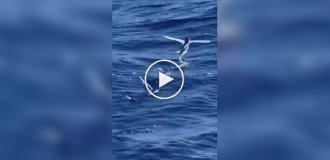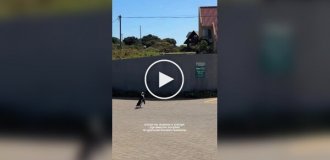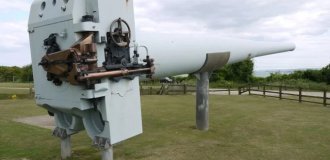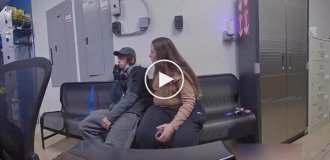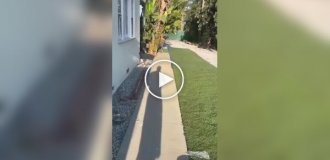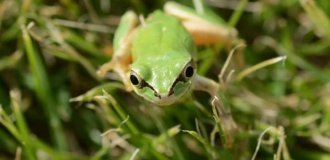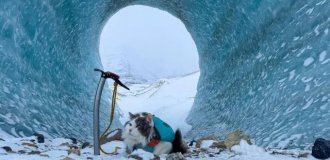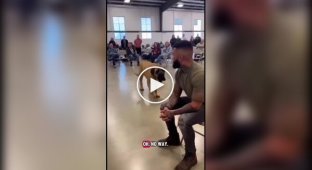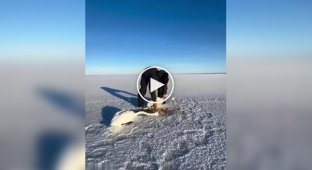Divers found part of the exploded "Challenger" (10 photos + 2 videos)
Divers have discovered in the Atlantic Ocean part of the famous shuttle "Challenger", which exploded 37 years ago at the 73rd second of flight. 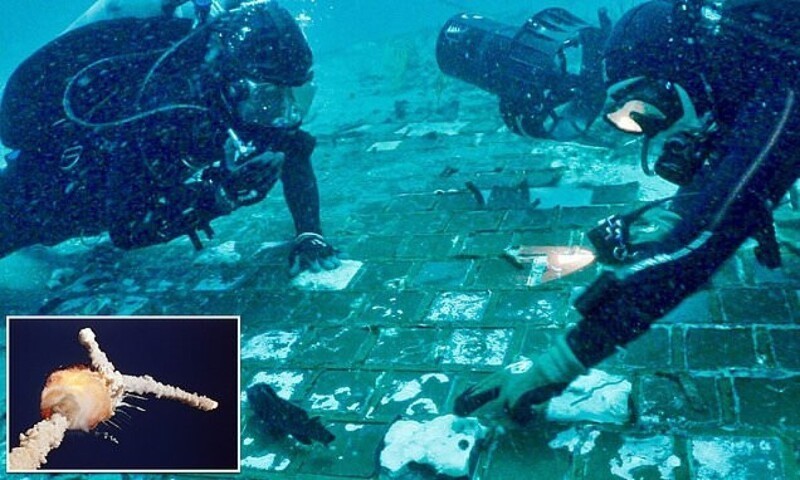
Part of the fallen Challenger spacecraft was discovered in the Atlantic Ocean off the coast of Florida after almost 37 years after the ship exploded at the 73rd second of flight. As a result The explosion then killed all seven astronauts on board.
The wreckage was discovered by the film crew of the documentary channel History Channel, which shared footage of the find with an American space agency, because, as the television people said, "a big artificial object was in close proximity to Space Coast Florida. NASA has confirmed that this is part of heat shield from the Challenger nose cone. These are the first remains of the Challenger discovered over 25 years. 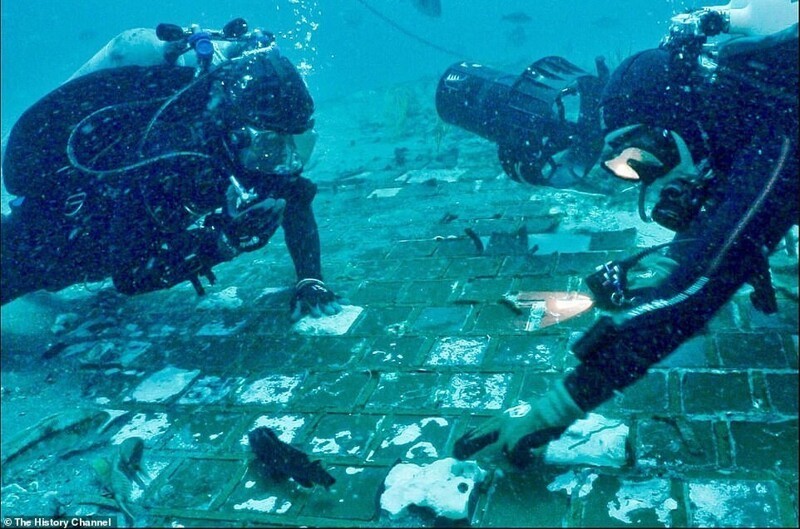
Michael Ciannilli, NASA manager who authenticated the wreck, said his heart skipped a beat as he watched the footage taken film crew, and the emotions that he experienced on that fateful day, swept up on him again. The Challenger disaster shocked millions people around the world on January 28, 1986. Then seven astronauts took off on a ship that almost immediately broke down and collapsed through 73 seconds of flight at an altitude of 12,000 meters above the Atlantic Ocean. 
The diving team that originally searched for the remains aircraft from the Second World War, filmed an excerpt from the upcoming History Channel documentary Bermuda Triangle: cursed waters" when divers spotted part of a modern structure, buried in the sand. 
The product turned out to be made up of small squares - as stated in NASA, these are fireproof heat shield tiles. underwater video provided "fairly clear and convincing evidence" that part of the structure belonged to the Challenger, Ciannilli said. 
The piece has dimensions of approximately 5x5 meters, possibly more, since, as divers reported, part of it was buried under the sand at the bottom of the ocean. 
After the accident, approximately 118 tons of the wreckage of the Challenger was recovered, including parts of two solid boosters and an external fuel tank. h This is about 47 percent of the entire shuttle. Significant part of the discovered debris remains buried in abandoned rocket mines at the space force station at Cape Canaveral. exception is the left side panel of the shuttle, exposed in the complex for visitors to the Kennedy Space Center, next to a charred window cockpit frame of the shuttle Columbia, which broke apart over Texas during re-entry in 2003, killing seven astronauts.
NASA administrator Bill Nelson stated: “Although nearly 37 years have passed since since seven brave explorers died aboard "Challenger", this tragedy will forever remain in the collective memory our country. For millions of people around the world, including me, January 28 1986 is still around. This discovery gives us the opportunity once again pause, remember the seven pioneers we lost, and think about how this tragedy has changed us. Today for NASA Aviation safety is - and must always remain - the most important a priority, especially since our missions explore more space than ever before." 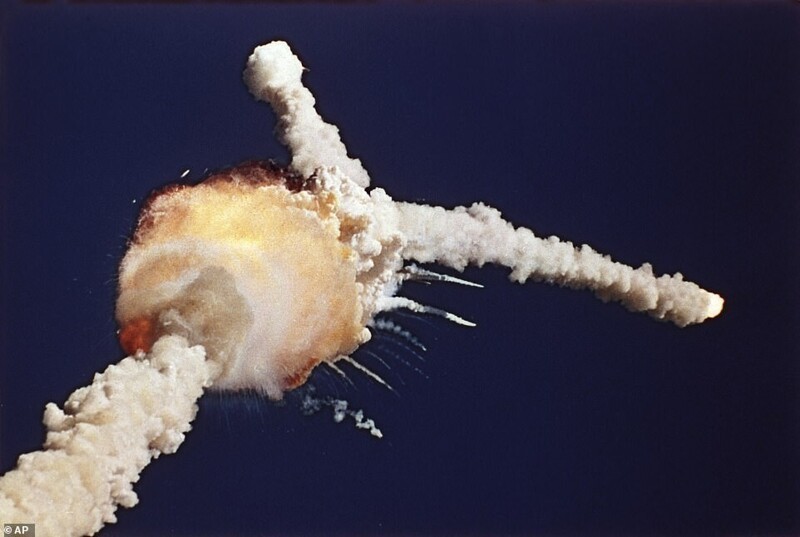
The discovery was made in March when the film crew went to search for the wreckage of the PBM Martin Mariner rescue aircraft that disappeared 5 December 1945.
After consulting with an outside expert and completing a second dives in May 2022, the team presented a video of their find retired American astronaut Bruce Melnick, who suspected that it was part of the Challenger spacecraft. Based on this information, the film crew brought their discovery to the attention of NASA, and in August 2022 Ciannilli confirmed that the detected the design is a really large fragment of the Challenger.
Underwater explorer Mike Barnett, who led the team, who made the discovery, said in hisin his statement: “The significance of this find, part of the Challenger design was obvious.
We realized the need to bring this find to the attention of NASA. This is a place that is located outside the Bermuda Triangle at coast of Florida, has become a place of memory for the seven brave astronauts. Herself the Challenger disaster was a tragic setback for the American space program. But from this terrible event were learned important lessons that ultimately led to significant advances in space exploration". 
The preconditions for the Space Shuttle Challenger disaster were laid down the night before launch, as sub-zero temperatures affected the integrity of the rocket o-rings that held the booster sections and contained propellant. The engineers tried warn NASA against launching due to cold weather after night frost, but their opinion was rejected. In a few moments after the start, smoke began to come out of the sections of the accelerator, then there was a small flame that quickly grew and led to the explosion of a rocket in air.
The crew on board is believed to have survived the initial explosion, but the final speed of the shuttle falling back into the ocean at a speed of more than 300 kilometers per hour did not leave the astronauts a chance.
The surviving parts fell into the Atlantic Ocean. The fall took over two minutes.
Christa was among the seven people aboard the shuttle Challenger. McAuliffe, the first participant in the Teacher in Space project to beat more than 11,000 competitors in the competition. Historic flight, during which she planned to give a lesson to American schoolchildren from space, attracted a lot of public attention. Partly because of this so many people, including schoolchildren, witnessed the catastrophe with their own eyes "Challenger".
A few months before the flight, McAuliffe underwent a thorough preparation, but the flight was delayed several times. So, start attempt 26 January 1986 was canceled due to rain. Another attempt at the next day was disrupted due to the fact that NASA specialists tried fix sunroof problem. 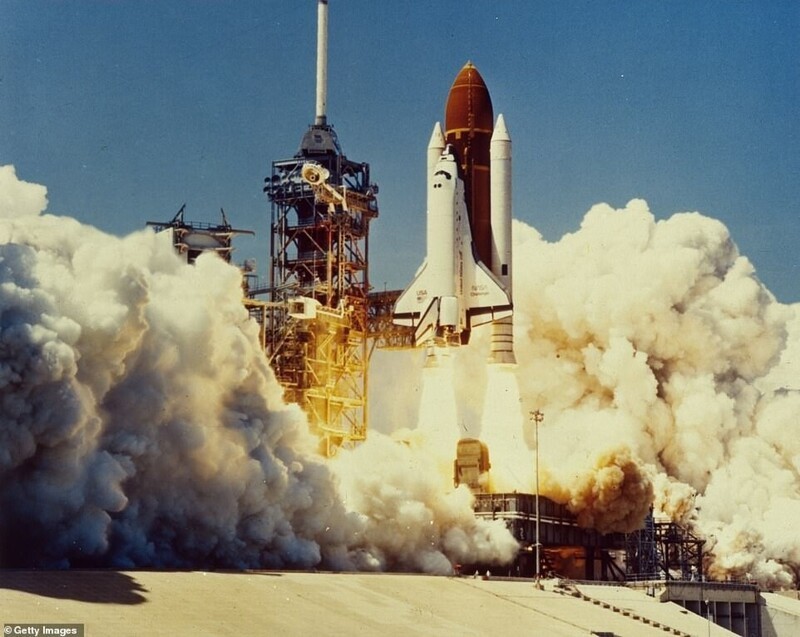
The fatal start was perfect the next day, despite concerns about cold weather.
McAuliffe was buried in Concord in an unmarked grave, since her husband was afraid that tourists would pour into this place in droves.
Shortly after the Challenger disaster, President Ronald Reagan ordered an investigation into the crash. As it turned out, their role in the disaster was played by both poor management and ignorance safety recommendations. The incident led to a three-year hiatus in the NASA shuttle program. It is said that there were several factors pressures that pushed the agency into a hasty launch. Firstly, NASA planned several launches in 1986 and may have wanted show that they can meet deadlines. Another factor was that Reagan was to give his State of the Union address that night and wanted to brag about the launch in his speech.
The failure led to a nearly three-year hiatus from the shuttle program NASA. The next shuttle, Discovery, did not start until September 29, 1988. of the year. NASA permanently ended the shuttle program in 2011, decommissioning remaining spaceships.
